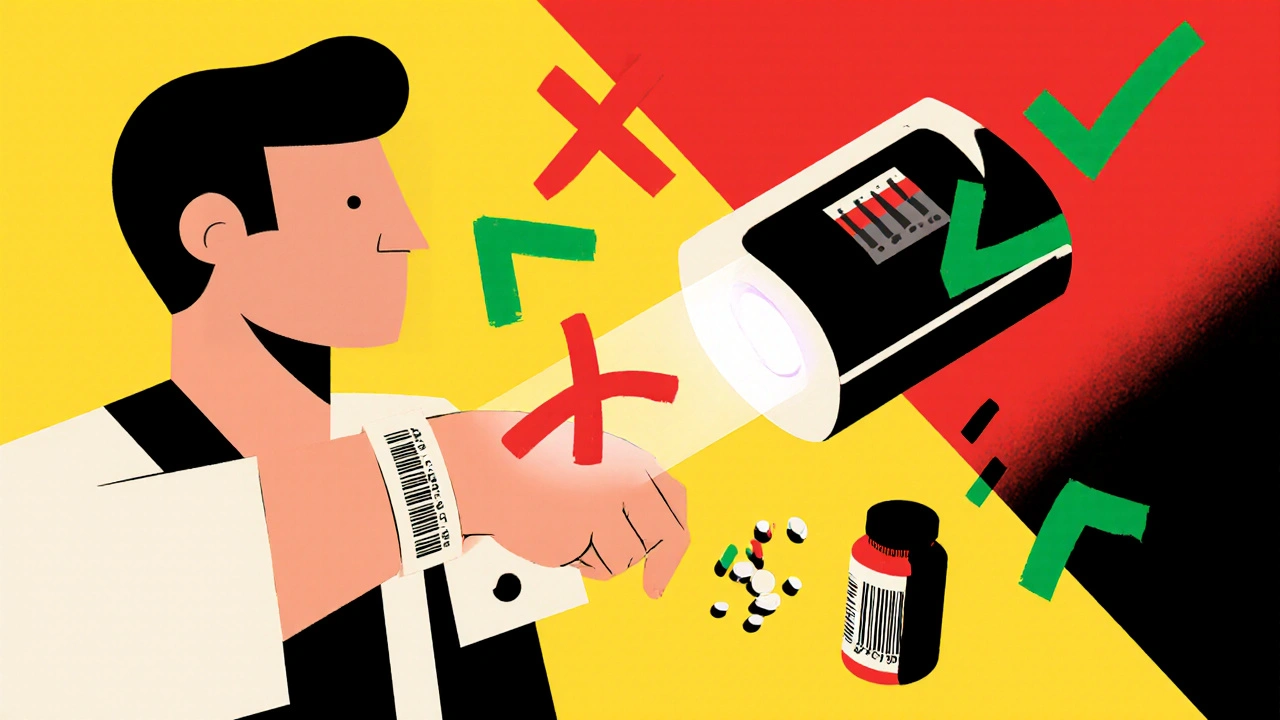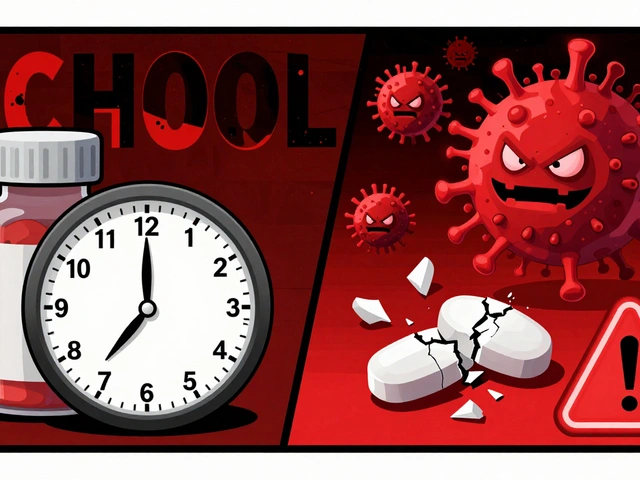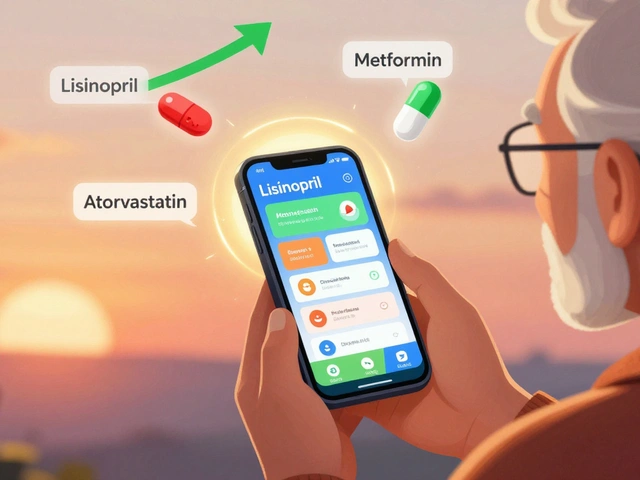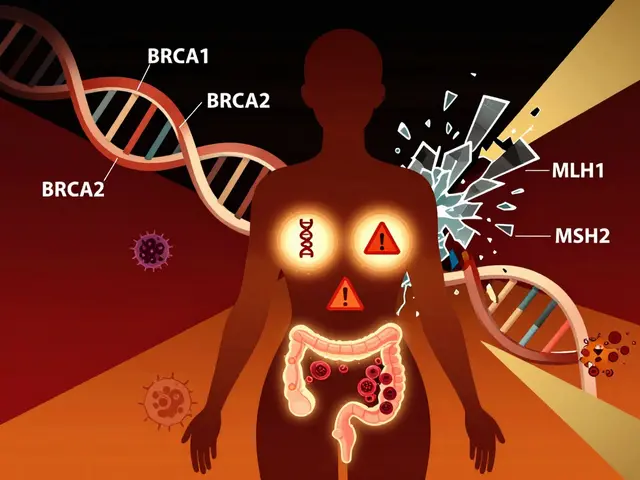Pharmacy Technology: How Modern Tools Are Changing How Medications Are Made and Delivered
When you pick up a prescription, you might not think about what happened behind the scenes—pharmacy technology, the systems and tools used to prepare, dispense, and track medications safely and efficiently. Also known as pharmaceutical automation, it’s what keeps your pills accurate, your insulin cold during shipping, and your blood thinner dose perfectly timed. This isn’t science fiction. It’s today’s reality in hospitals, clinics, and even your local pharmacy.
Behind the counter, automated pharmacy systems, robotic arms and AI-driven dispensing units that count pills, label bottles, and flag dangerous interactions are replacing manual counting. These systems cut errors by over 50%, according to real-world hospital data. They don’t just save time—they save lives. A miscounted dose of warfarin or insulin can be deadly. Pharmacy technology makes those mistakes rare.
It’s not just about counting pills. drug formulation, the science of turning active ingredients into stable, absorbable pills, liquids, or patches has also been transformed. New tech lets pharmacists create custom doses for kids, patients with swallowing issues, or those needing exact combinations of drugs. Imagine a pill that releases one medicine in the morning and another at night—now it’s possible. And when it comes to shipping, medication transport systems, temperature-controlled packaging and real-time tracking for insulin, vaccines, and biologics ensure your meds don’t spoil before they reach you.
These tools don’t replace pharmacists—they empower them. Instead of spending hours counting pills, pharmacists now spend more time talking to patients about side effects, checking for interactions, and making sure treatments actually work. That’s the real win.
You’ll find posts here that dig into how these systems affect your daily life: how to spot a fake online pharmacy, why your insulin must stay cold during travel, how to make sure your supplements don’t block your meds, and what happens when a drug’s formulation changes without you knowing. These aren’t abstract tech talks. They’re practical guides written for people who take meds, care for someone who does, or just want to understand how the system works.
Whether you’re worried about counterfeit drugs, confused by generic labels, or trying to stick to a complex pill schedule, pharmacy technology is the invisible backbone keeping it all together. Below, you’ll find real-world stories, step-by-step checks, and hard facts about how these systems shape your health—without the jargon or hype.






